These destinations protect their natural and cultural treasures through visitor limits and rules.
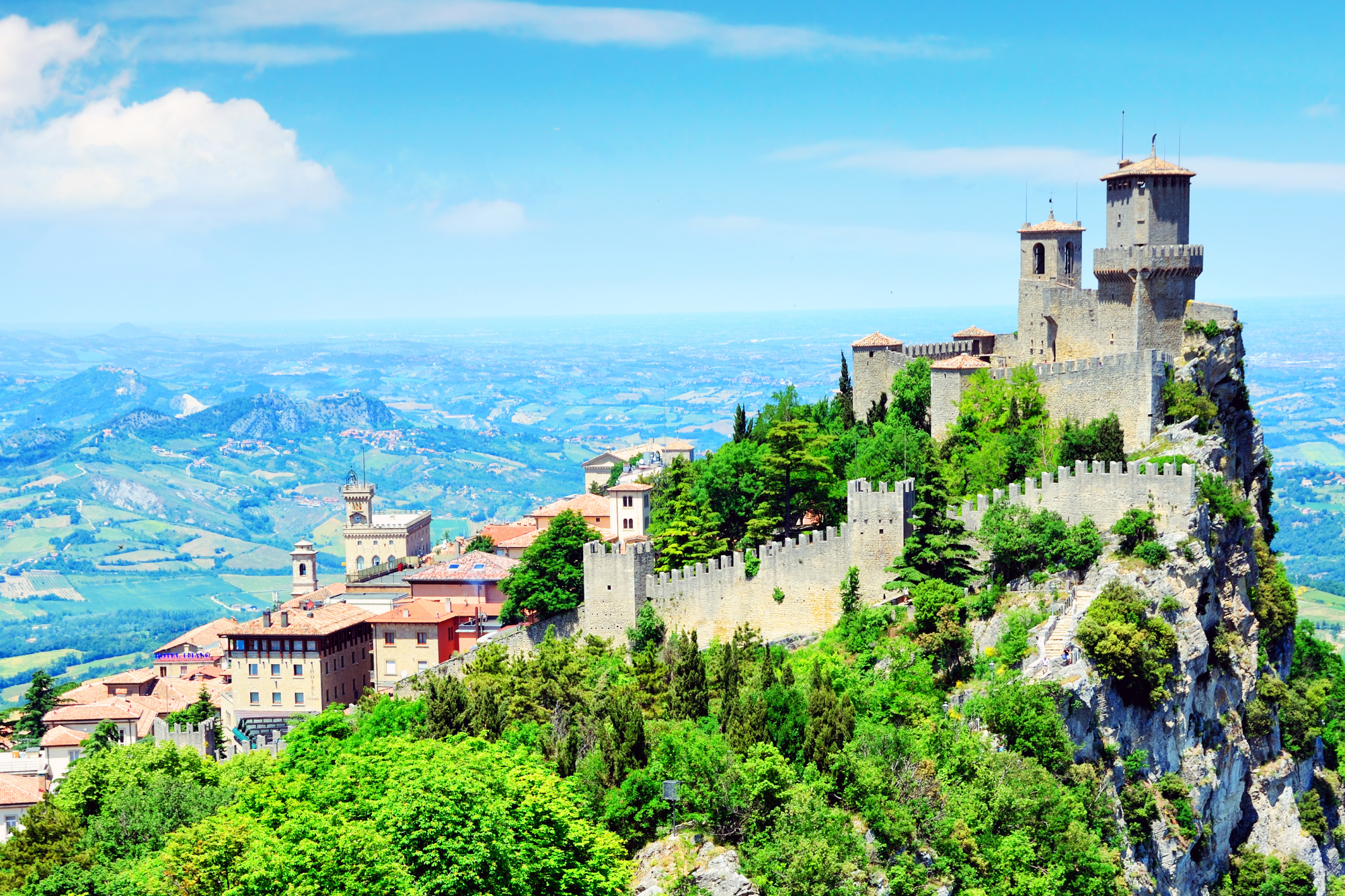
Many once-popular travel spots now limit tourist access to protect their delicate environments and cultural heritage. Over-tourism can cause irreversible harm, prompting authorities to enforce visitor caps, require permits, and implement crowd control. Understanding these restrictions helps travelers plan responsibly and respect local efforts to preserve these unique places for future generations. Access rules reflect a balance between welcoming visitors and safeguarding irreplaceable sites worldwide.
1. Machu Picchu restricts daily visitor numbers to protect its ancient ruins.
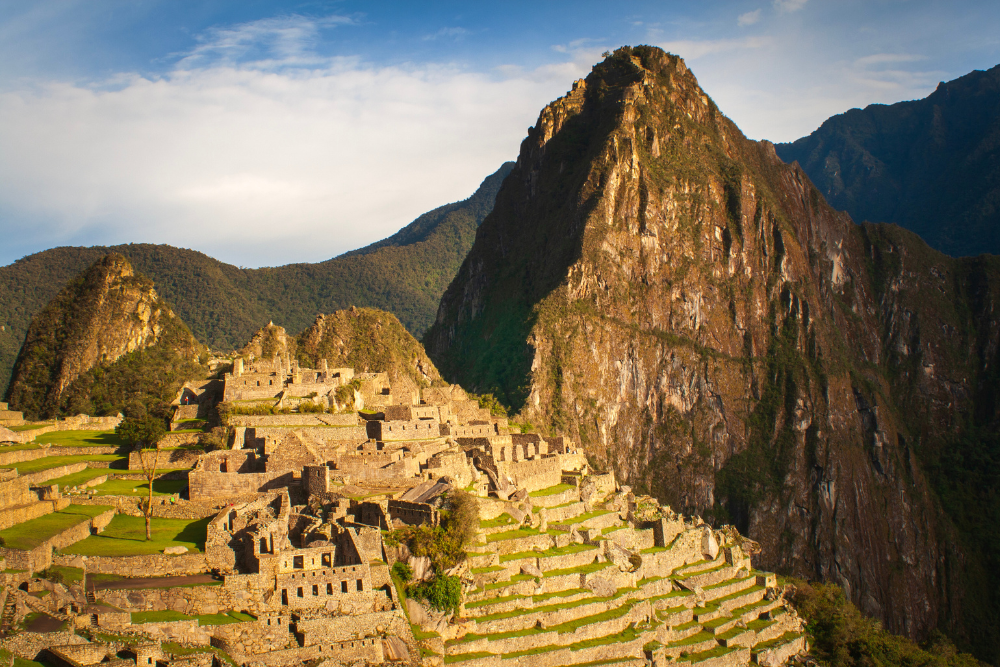
Machu Picchu vigilantly controls daily visitor numbers to safeguard its ancient ruins. Each day, only a limited number of tourists can walk on these historic stones. The lush Andes cradle this site, offering a stunning yet fragile backdrop that demands careful preservation.
Lush vegetation and steep paths surround the iconic terraces. Visitor caps keep these steps from deteriorating under heavy foot traffic. Without such measures, the intricate stonework, deeply etched with centuries of history, could face significant damage. It’s a delicate balance between access and preservation.
2. Galápagos Islands limit tourists to preserve unique wildlife habitats.

The Galápagos Islands serve as a sanctuary for distinctive wildlife. Strict visitor limits restrict human impact on these fragile ecosystems, ensuring the protection of unique habitats. Vibrant iguanas and gentle sea lions coexist in this isolated archipelago.
Tourist quotas allow ecosystems to thrive without overwhelming interference. This careful management reflects a commitment to sustainability, prioritizing ecological integrity over sheer numbers. Here, balance means safeguarding a biodiversity that once inspired Darwin’s evolutionary theories.
3. Bhutan controls visits through a daily fee and travel permits.
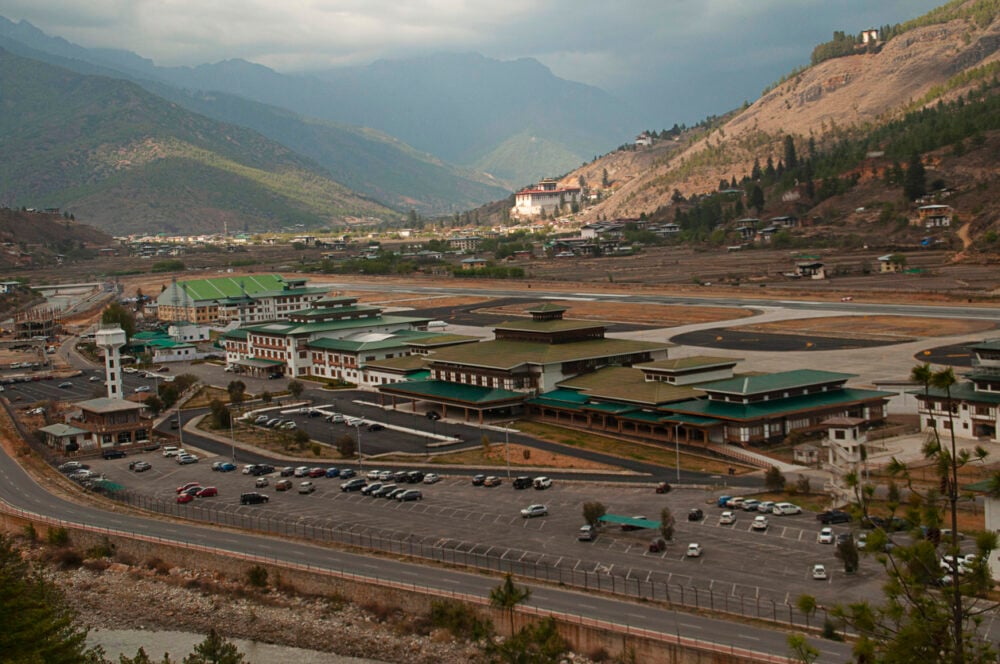
Bhutan enforces a daily fee and travel permits to regulate tourist visits. This approach helps maintain the country’s pristine landscapes and rich culture. The Himalayan kingdom invites unique experiences, from vibrant monasteries to imposing mountain peaks.
Through controlled access and visitor contributions, Bhutan sustains its guided development. Such careful regulation ensures that culture and environment remain undisturbed by excessive tourism, allowing the kingdom to flourish while preserving its heritage for future generations.
4. Venice employs crowd control measures to manage tourist influx.
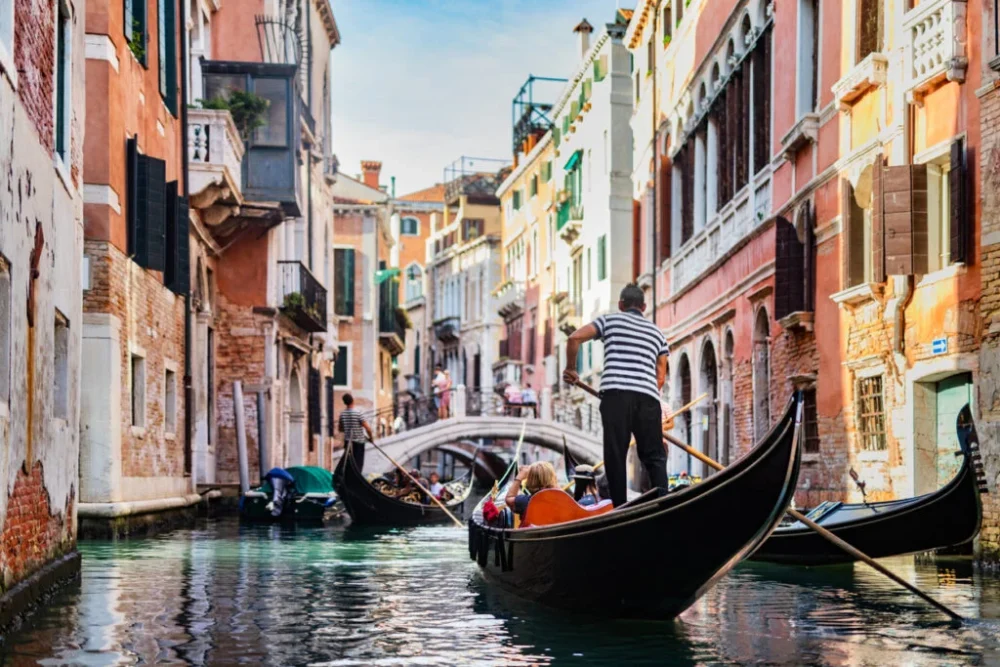
Venice employs strategic crowd control measures to manage its tourist influx. On any given day, bustling canals and picturesque squares can quickly become congested. Restricting access helps preserve this enchanting city of canals, nestled between land and sea.
These measures have been crucial in safeguarding Venice’s delicate infrastructure. With narrow alleyways and ancient buildings, the city faces challenges of mass tourism. By managing crowd sizes, Venice maintains its charm and historical integrity despite its popularity.
5. The Great Barrier Reef restricts access to safeguard fragile coral reefs.
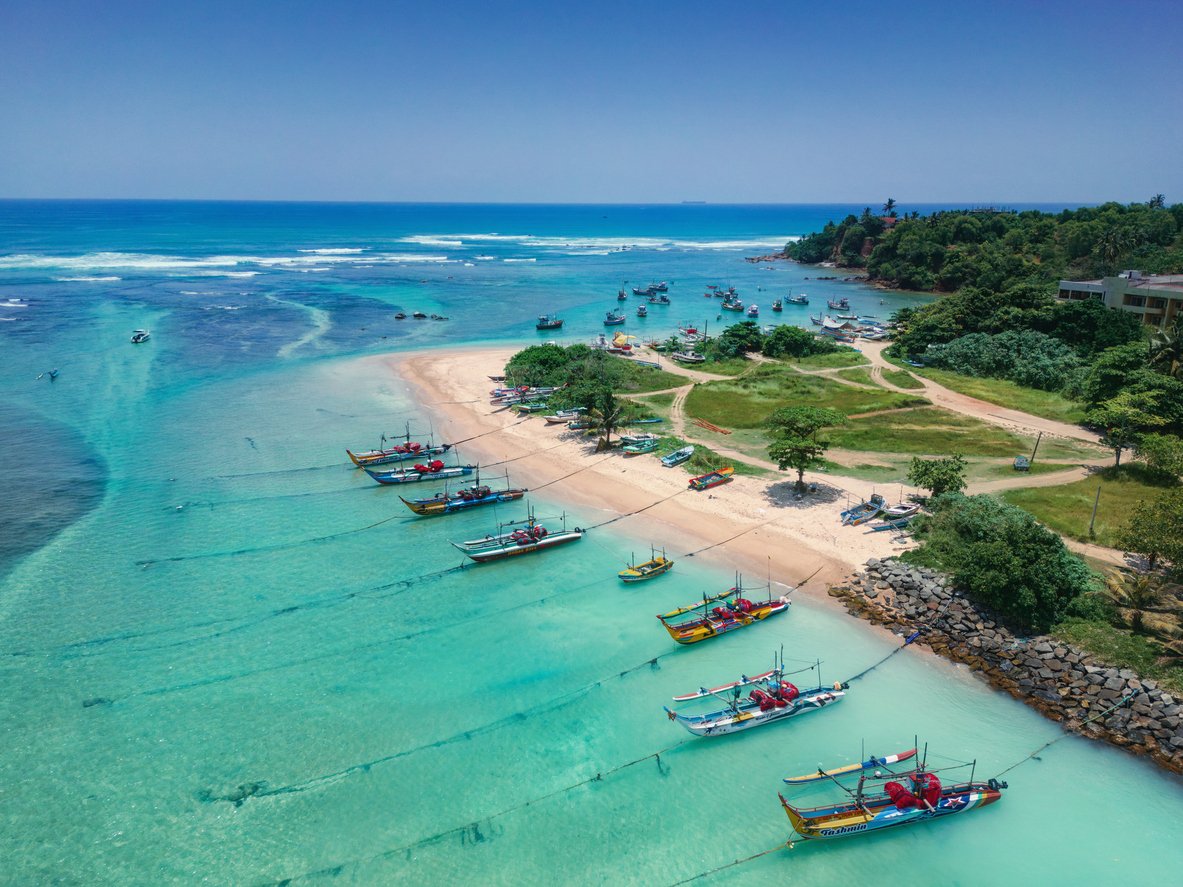
The Great Barrier Reef restricts access to safeguard its fragile coral reefs. Rising environmental concerns elevate the need for such limitations, as thousands of colorful corals and vibrant marine life rely on undisturbed habitats. This underwater wonderland is a sight to behold.
Strict guidelines curb human activity in certain areas to protect biodiversity. Vulnerable to bleaching and damage, these corals require careful stewardship. With tourism carefully balanced against preservation, the reef remains a living tapestry of marine splendor.
6. Easter Island limits visitor numbers to protect its archaeological sites.
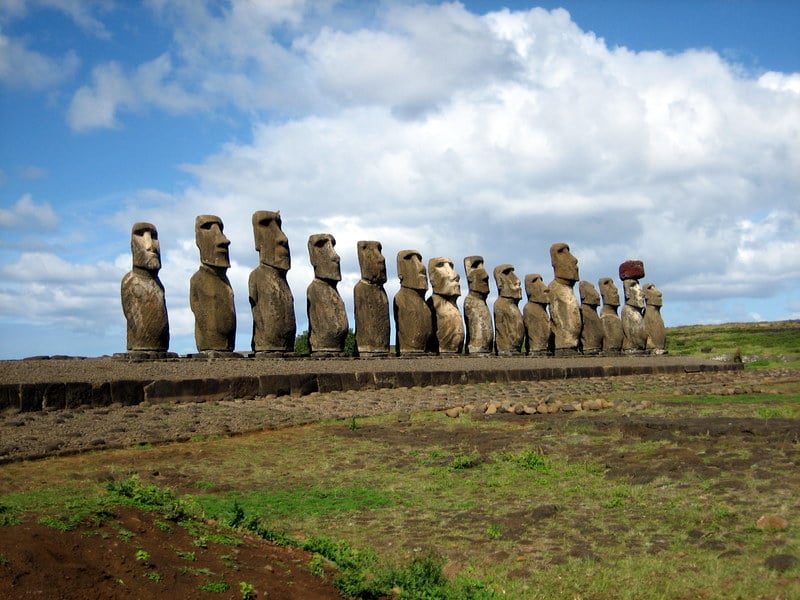
Easter Island must limit visitor numbers to protect its archaeological sites. Known for its mysterious moai statues, the island’s historical significance calls for protection. These towering figures stand watch over the rugged landscape, echoing a rich cultural heritage.
Reduced visitor numbers help prevent erosion and physical damage to these ancient carvings. In preserving these monumental figures and the island’s narratives, tourists can continue to connect with the past while respecting the finite nature of these unique sites.
7. The Norwegian fjords enforce guidelines to reduce environmental impact.

The Norwegian fjords have introduced strict guidelines to minimize environmental impact. With imposing cliffs and serene waters, the fjords are a natural masterpiece. Carefully regulated cruises and excursions help maintain the purity of this dramatic terrain.
These measures ensure that the delicate ecosystems of the fjords remain largely undisturbed. Maintaining balance between visitation and preservation protects the stunning landscapes from light pollution and habitat disruption, offering a sustainable model for ecotourism.
